 Abraham Lincoln
If given the truth, the people can be depended upon to meet any national crisis...
Abraham Lincoln
If given the truth, the people can be depended upon to meet any national crisis...
 Guildford news...
for Guildford people, brought to you by Guildford reporters - Guildford's own news service
Guildford news...
for Guildford people, brought to you by Guildford reporters - Guildford's own news service
Birdwatcher’s Diary No.193
Published on: 16 Aug, 2019
Updated on: 16 Aug, 2019
By Malcolm Fincham
The weather began to turn rather oppressive in the southern regions of UK during the last week of July. In Surrey temperatures remained well in the 30 degrees centigrade for several days.
By July 25, a temperature of 36.9c was recorded at Heathrow Airport, the highest, since Met Office records began in 1914.
Doing a bit of my own research, I learned it had been hotter on three recorded occasions at the Royal Observatory in Greenwich during the very hot summer of 1911. Click here and here for more details.
July 25 2019 will certainly be remembered in my thoughts as “Furnace Thursday!” It was short lived and by the of the week things began to cool down a little.
The tide of summer was noticeably beginning to turn in the world of our avian friends. The first green sandpipers were already beginning to return from their breeding grounds showing up at a number of “scrapes” around Surrey.
Our local Stoughton swifts had already raised their young and could be seen and heard in conversation, occasionally grouping up, screaming high over my garden as July began to come to its close.
By the start of August the evening sky had turned silent of their sound as they had already begun their return to Africa by the outset of the new month.
Although at least one was still seen and reported over Manor Road, on August 5.
At the Riverside Nature Reserve near Burpham, one of several common sandpipers passing through could be viewed on the new tern raft on Stoke Lake.
Plenty of wood sandpipers had also been reported, both in Surrey and surrounding counties, although I had not seen one on my local travels.
An opportunist fox could also be seen in the area of Stoke Lake, as the now shortening evening light began to fade.
A common buzzard could often be seen flying to roost as the evening light began to fade.
And the flash of halcyon blue could be seen as a kingfisher flashed past, low, across the water. While also on the lake a pair of late breeding coots could be seen tending to their two young cute chicks.
Across the nearby River Wey, at the recycling depot in Slyfield Green, I spent several evenings during the first week of August watching in admiration a red kite that had become a regular visitor.
Its plumage looked in good condition for this time of the year compared with others I had seen locally, mostly with missing primary feathers, having been though their breeding season.
This one was certainly fearless of the surrounding gulls and corvids too. Occasionally taking to stealing or making them drop their plunder.
On my local travels around the more rural parts of Guildford I was able to note and photograph a family of house martins. Two nests had been built in the eaves of a house in Wonersh, for the first time I was able to record over the past 30 years.
Speaking to the house owner, it was the first time she had also recalled them in area.
While on my travels around Shamley Green, I was able to record and get some lucky photos of a bat in flight in daylight.
I think it must have been inadvertently disturbed by council workmen doing some essential hedge trimming by the road nearby. After about five minutes it had resettled out of sight, high in an overhead oak tree.
In another area, swallows had now fledged several young and could be watched at close quarters as they flew around the farmyard.
Having already had an influx of painted lady butterflies during the last weeks of June, another influx could be noted in Surrey towards the end of the first week of August. Even spotting one in my own garden on Saturday the 3rd.
Later that same afternoon, with Bob and Dougal, I visited Pewley Down, where chalkhill blue butterflies were by then out in good number.
As with previous years, we were also able to find a couple of dark-green fritillary butterflies there.
The usual sound of a yellowhammer, seen on previous annual visits, continued to be heard. This time perched up at eye level on the lower, southern slopes of the downland.
A second yellowhammer also flew up from the long grass where it had been feeding.
On the northern slopes of the chalk downland a few skylarks could be occasionally viewed as they rose up from the long grass in a nearby field.
While a flock in excess of 100 goldfinches flew up close to our view, then resettled a little further off, to continue feed on wild thistle seed heads.
One of my favourite places to visit in Surrey during the month of August is Thursley Common.
My visit there early in the month to an area bordering the A3 gave me the opportunity to once again admire the heather in bloom.
The main reason for my visit was the chance to add a grayling butterfly to this year’s Surrey sightings. Once upon a time, I found them to be quite a challenge to find, although as with most things in nature it is knowing where to look.
I counted more than a dozen of them in an area about half the size of a football pitch. Some were already mating.
Silver-studded blue butterflies were coming to the end of their season, with just a few females found. And just one male. A few small copper butterflies could also be found there.
An unusual sighting on the heathland, and seemingly doing well in Surrey in recent years, was a marbled white butterfly. And also now getting late in the season to see one, too!
A hornet robberfly landed on the sandy track I was walking along. A top predator of the insect world, with no remorse for the insect it could be seen devouring.
High over the heathland another predator could be viewed in avian form. A hobby displayed aerial acrobatics, contorting in shape as it glided effortlessly overhead.
While in the heather below it, Dartford warblers could be heard and glimpsed.
Stonechats also in good number there could be seen perched on the gorse.
Highlights of a recent evening visit to my local heathland at Whitmoor Common, just north of Guildford, included more photos of a green woodpecker. This one, an adult, perched on a post in the now empty horse field.
An inquisitive rabbit sat up, sniffing the air, reminding me of a scene from Watership Down.
In addition, a young common buzzard could be seen and heard across the far side of the meadow, taking in the last of the evening sunlight.
A brief walk across the heathland brought to my ears the sounds of a few stonechats and Dartford warblers as they began to settle down in the fading light.
To my surprise, I was confronted by a sparrowhawk, perched in a silver birch just feet away. Unfortunately, the lack of light was sending the ISO on my camera way higher than hoped for a decent picture in such low light.
The sun had by then already set, leaving a pleasant orange glow in the western sky.
Soon to make their return to Africa, a pair of nightjars flew out from their daytime roost. Not making their usual churring sounds before they did-so. Their contact sounds were more like that of a squabbling chicken.
A visit to Denbies Hillside near Dorking on August 4, with Bob and Dougal, gave us the opportunity of our 39th of a possible 41 “Surrey” species of butterfly.
As with most skippers the silver-spotted skipper butterfly can be quite challenging to find. Especially on a blustery day, that it was.
Managing to photograph one was even more frustrating as the few we found were perched on flower-heads blowing back and forth in the wind.
“Just one more to go then to complete the list of Surrey butterflies!” I announced. “Just brown hairstreak to complete the list.”
And with also the random chance of seeing a clouded yellow, another rarity if blown over on the strong southerly winds, of course.
Responses to Birdwatcher’s Diary No.193
Leave a Comment Cancel reply
Please see our comments policy. All comments are moderated and may take time to appear. Full names, or at least initial and surname, must be given.
Click on cartoon for Dragon story: Public Asked for Views on SCC’s Proposal for Reduced Speed Limits



Recent Articles
- What Ash Wants – Village’s Neighbourhood Plan Goes out For Consultation
- St Nicolas’ Infant School Celebrates ‘Good’ Ofsted Rating
- Former Guildford Policeman Admits Misconduct In Public Office
- Letter: Nothing Prepared Me for the Scene of Destruction
- Have You Seen Missing Scarlet-Rose?
- Guildford’s MP Cuts the Ribbon at Merrow Post Office Opening
- Letter: Recreational Rowing Might Be the Answer
- A281 Closure – Additional Works To Take Advantage of Road Closure
- Breast Screening Unit Comes To RHS Wisley
- Final Phase of Deepcut Redevelopment Approved


Recent Comments
- Ian Mackrell on Stoke Park Was Bought 100 Years Ago with Plans for a Public Open Space and Houses!
- Caroline Freeman on Letter: Recreational Rowing Might Be the Answer
- Diane Harris on Letter: Recreational Rowing Might Be the Answer
- alexander Ford on Guildford’s Green Day Shows Commitment to Net Zero by 2030 Remains
- Adam Aaronson on Letter: How Surveys of Public Opinion Should Be Organised
- Ben Paton on Flashback: Council Report Accepts Juneja Case Has Caused ‘Reputational Damage’
Search in Site
Media Gallery
Dragon Interview: Local Artist Leaves Her Mark At One of England’s Most Historic Buildings
January 21, 2023 / No Comment / Read MoreDragon Interview: Lib Dem Planning Chair: ‘Current Policy Doesn’t Work for Local People’
January 19, 2023 / No Comment / Read MoreA3 Tunnel in Guildford ‘Necessary’ for New Homes, Says Guildford’s MP
January 10, 2023 / No Comment / Read More‘Madness’ for London Road Scheme to Go Ahead Against ‘Huge Opposition’, Says SCC Leader
January 6, 2023 / No Comment / Read MoreCouncillor’s Son Starts Campaign for More Consultation on North Street Plan
December 30, 2022 / No Comment / Read MoreCounty Council Climbs Down Over London Road Works – Further ‘Engagement’ Period Announced
December 14, 2022 / No Comment / Read MoreDragon Interview: GBC Reaction to the Government’s Expected Decision to Relax Housing Targets
December 7, 2022 / No Comment / Read MoreHow Can Our Town Centre Businesses Recover? Watch the Shop Front Debate
May 18, 2020 / No Comment / Read More




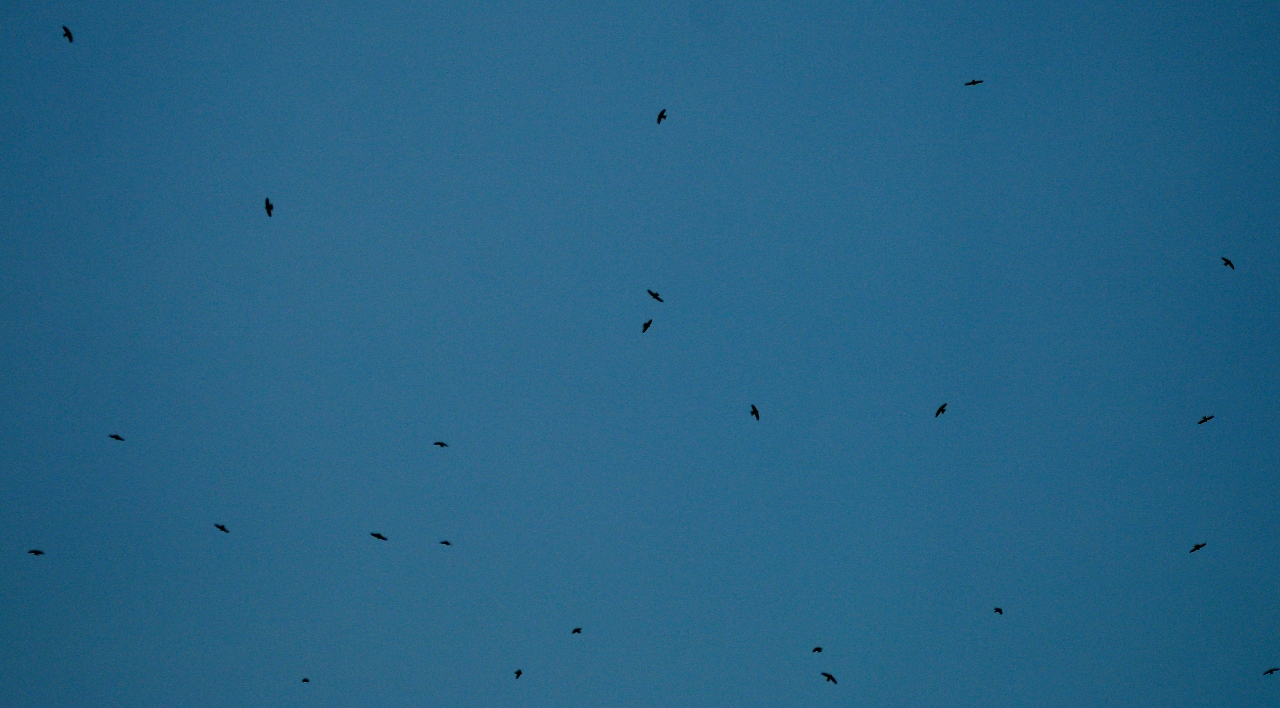

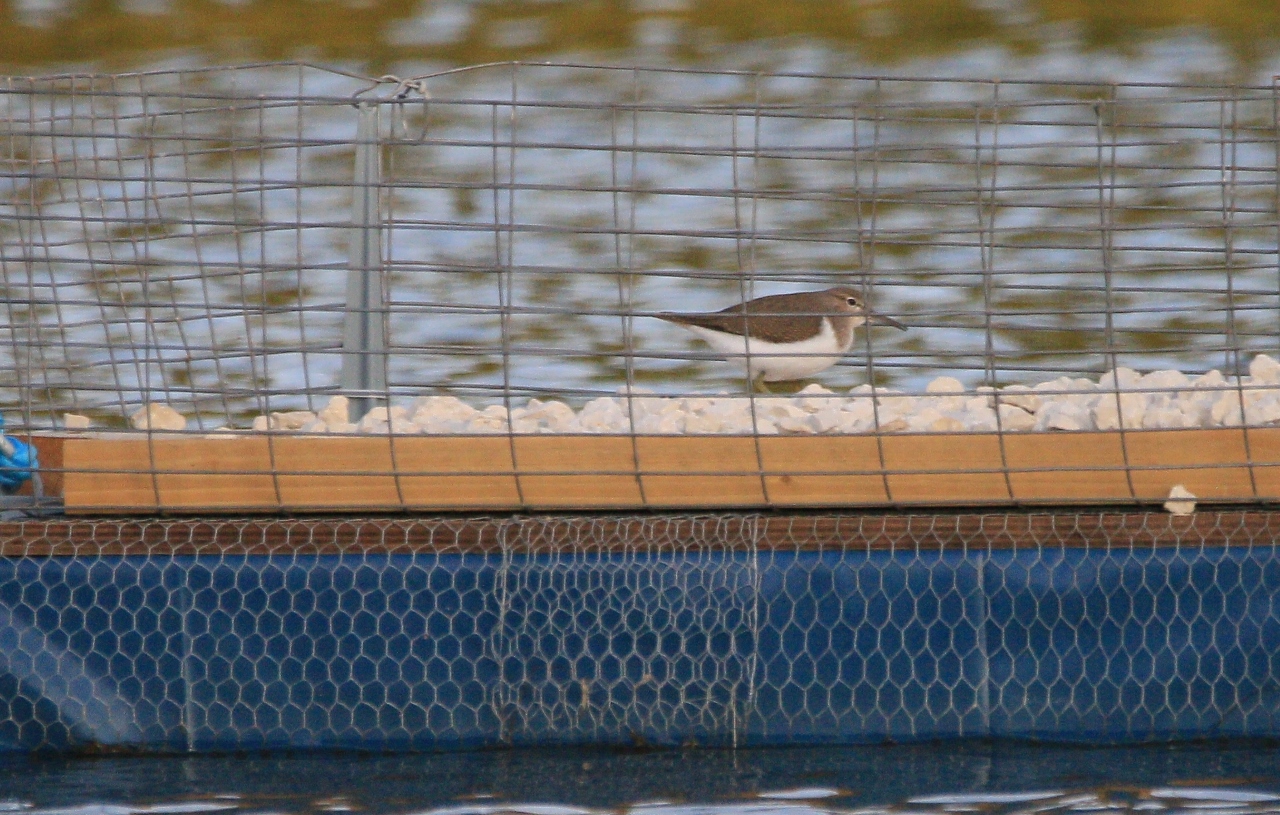



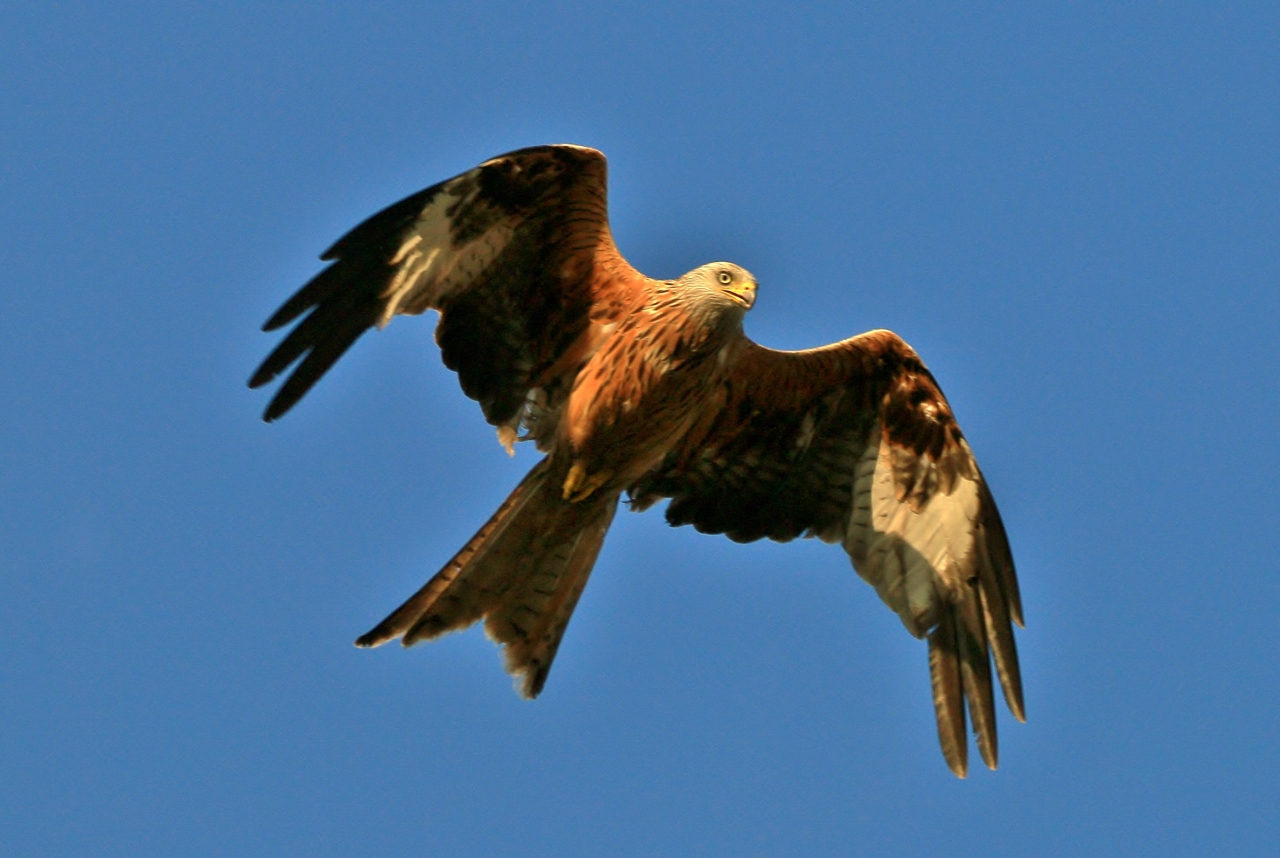

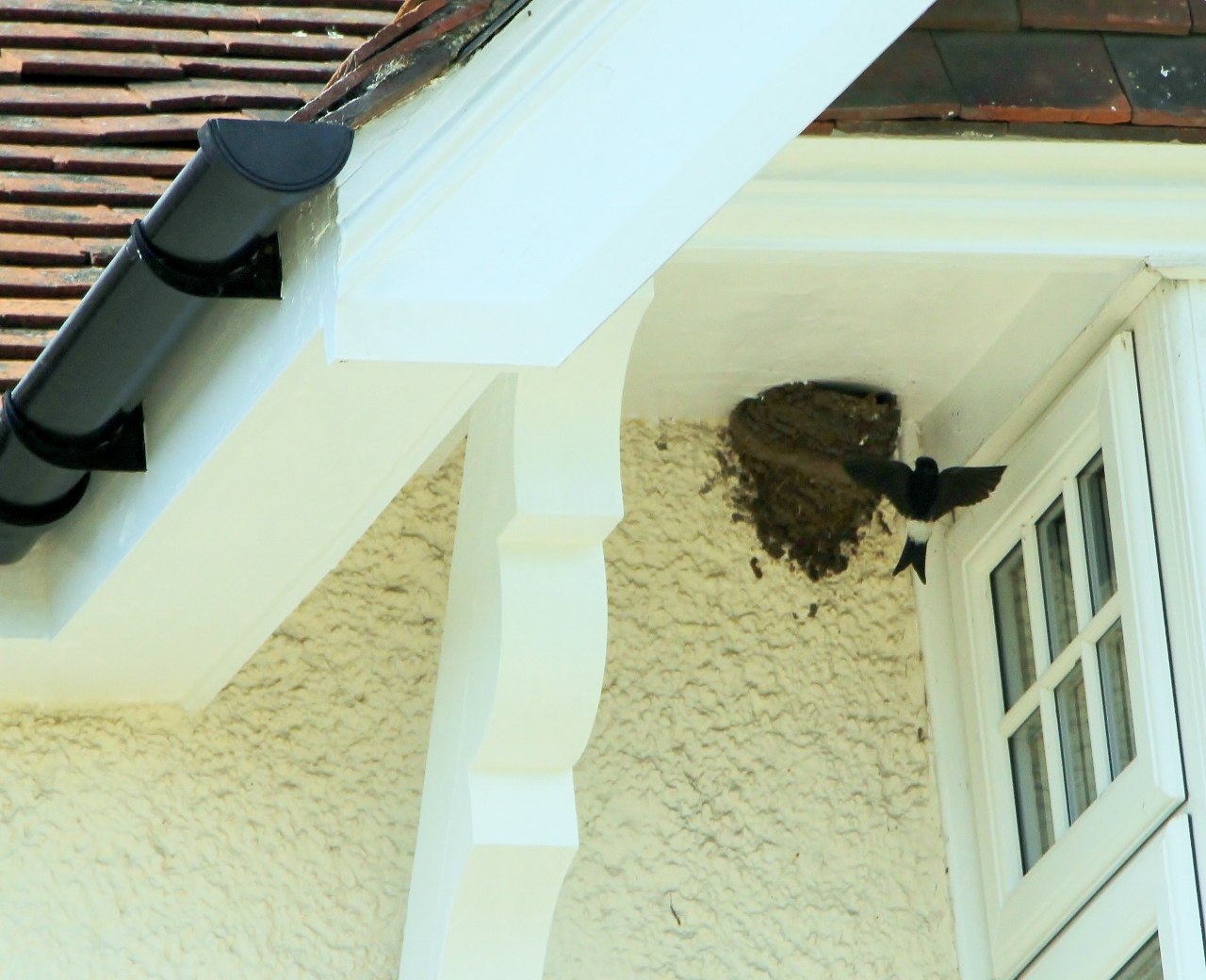
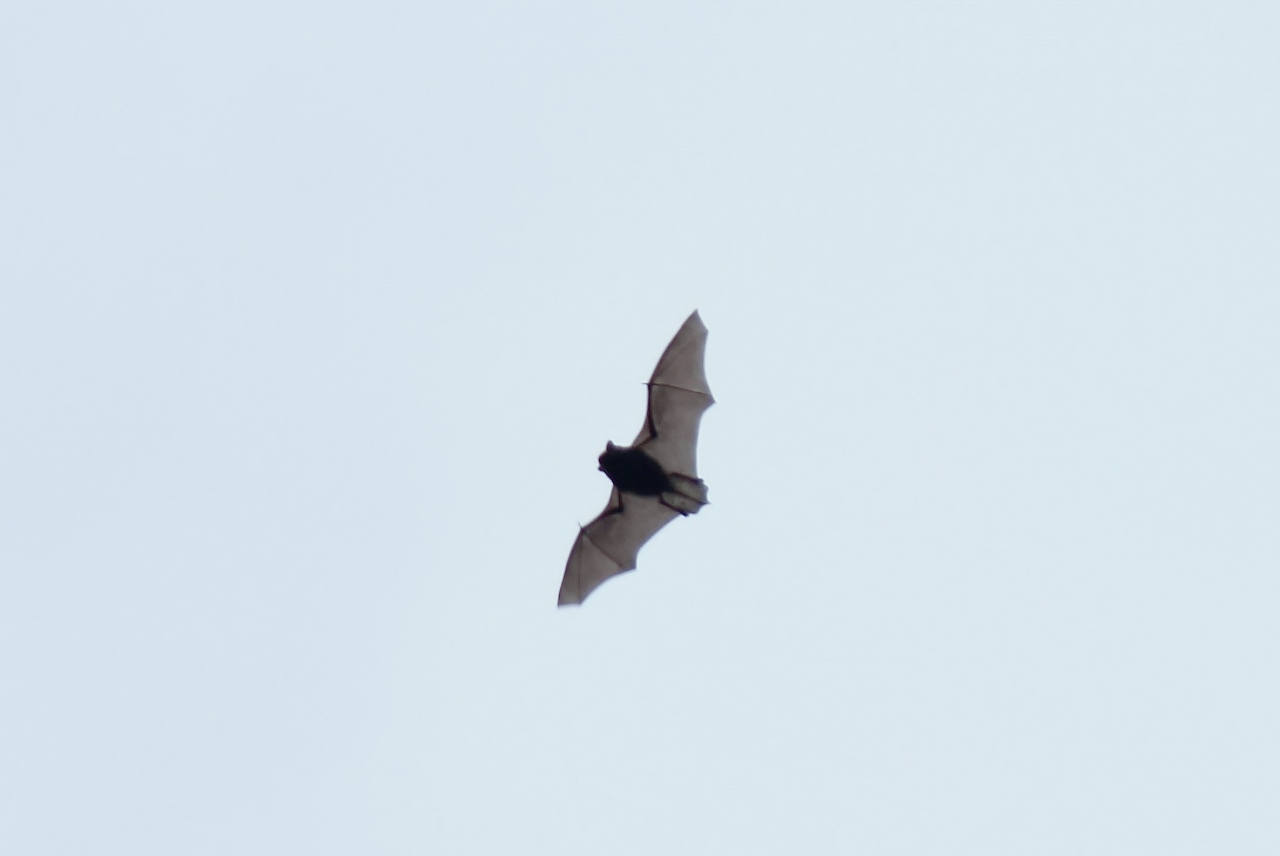

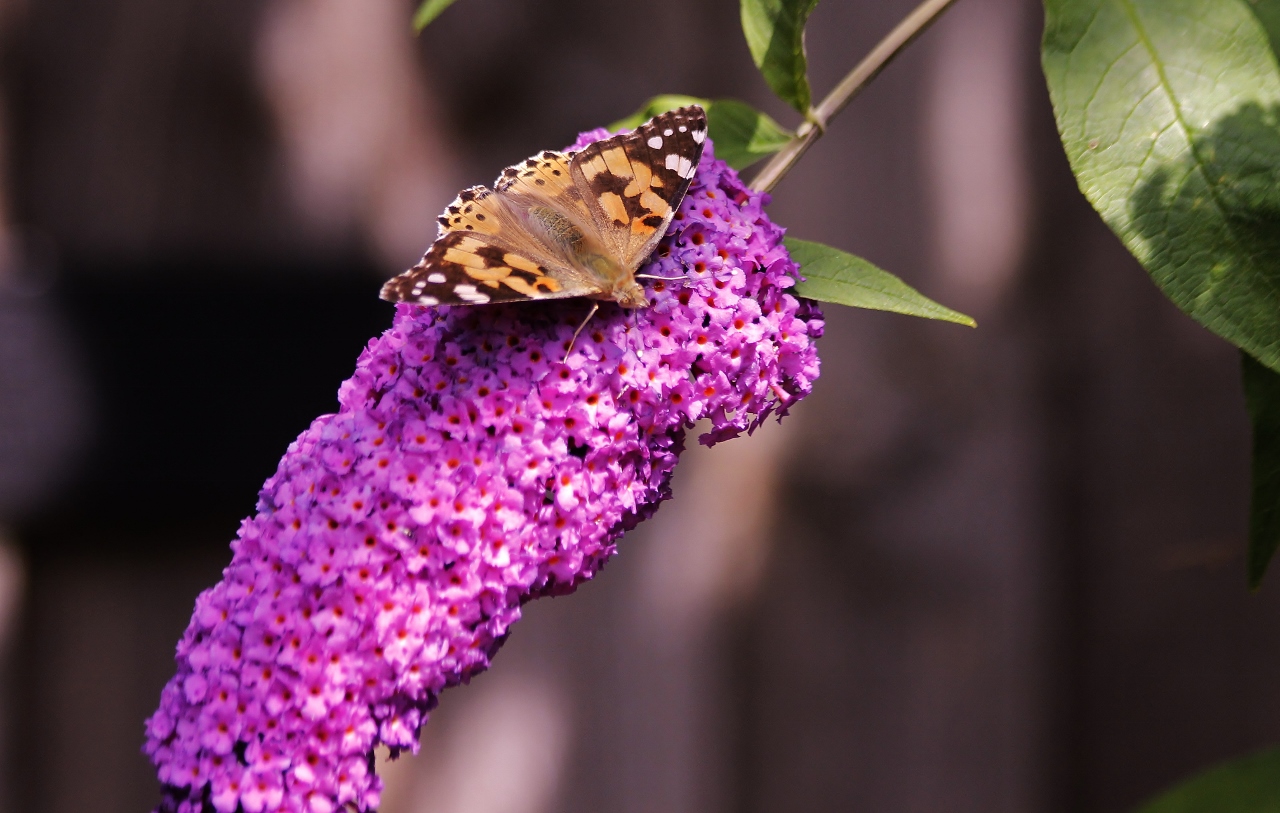


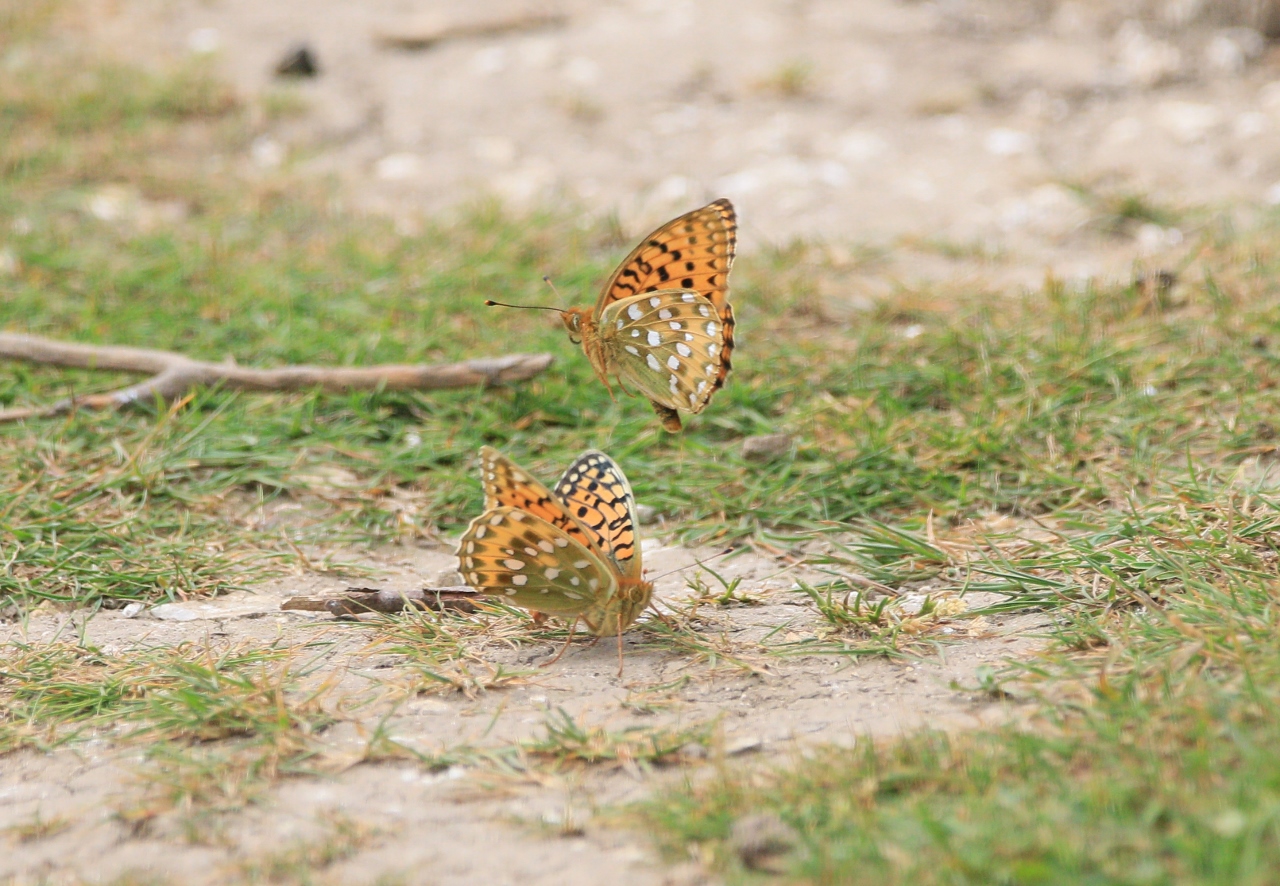

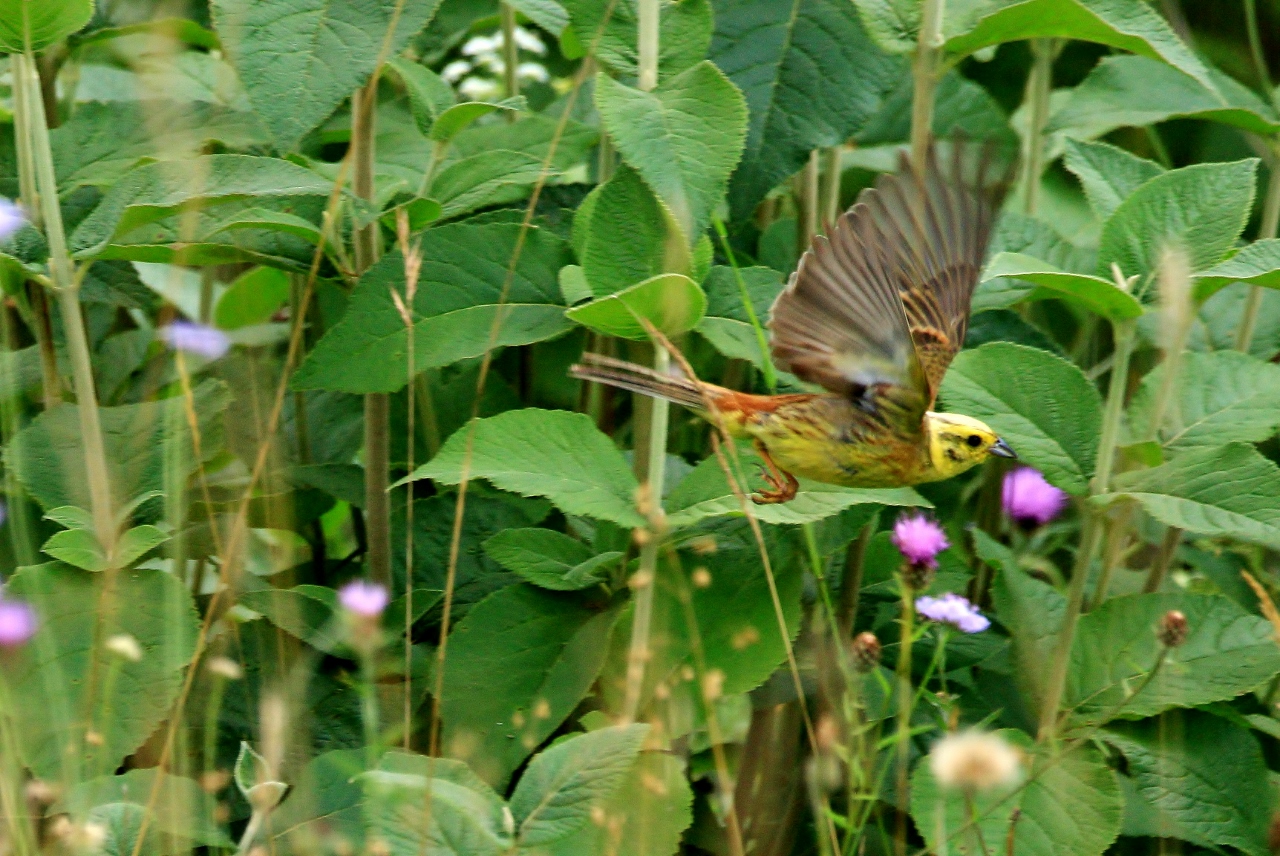

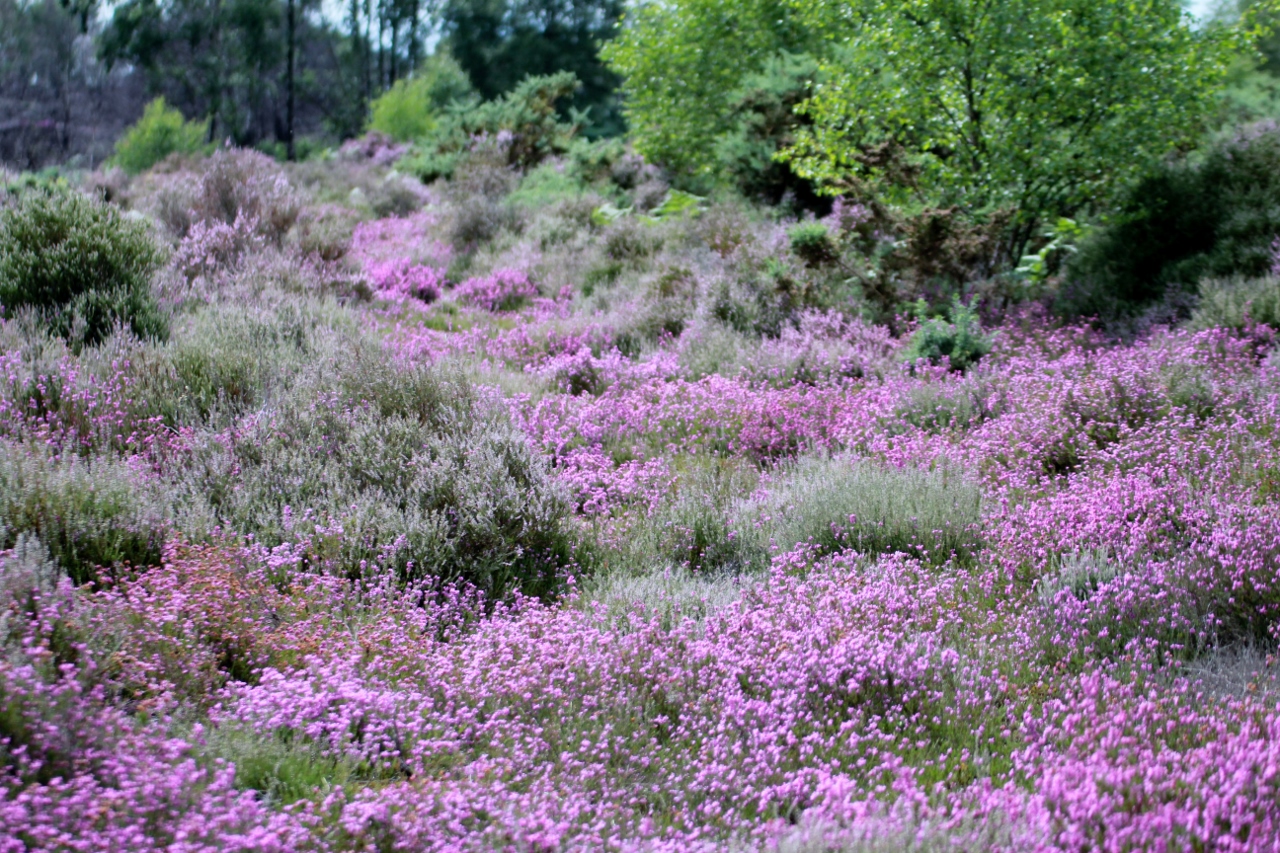
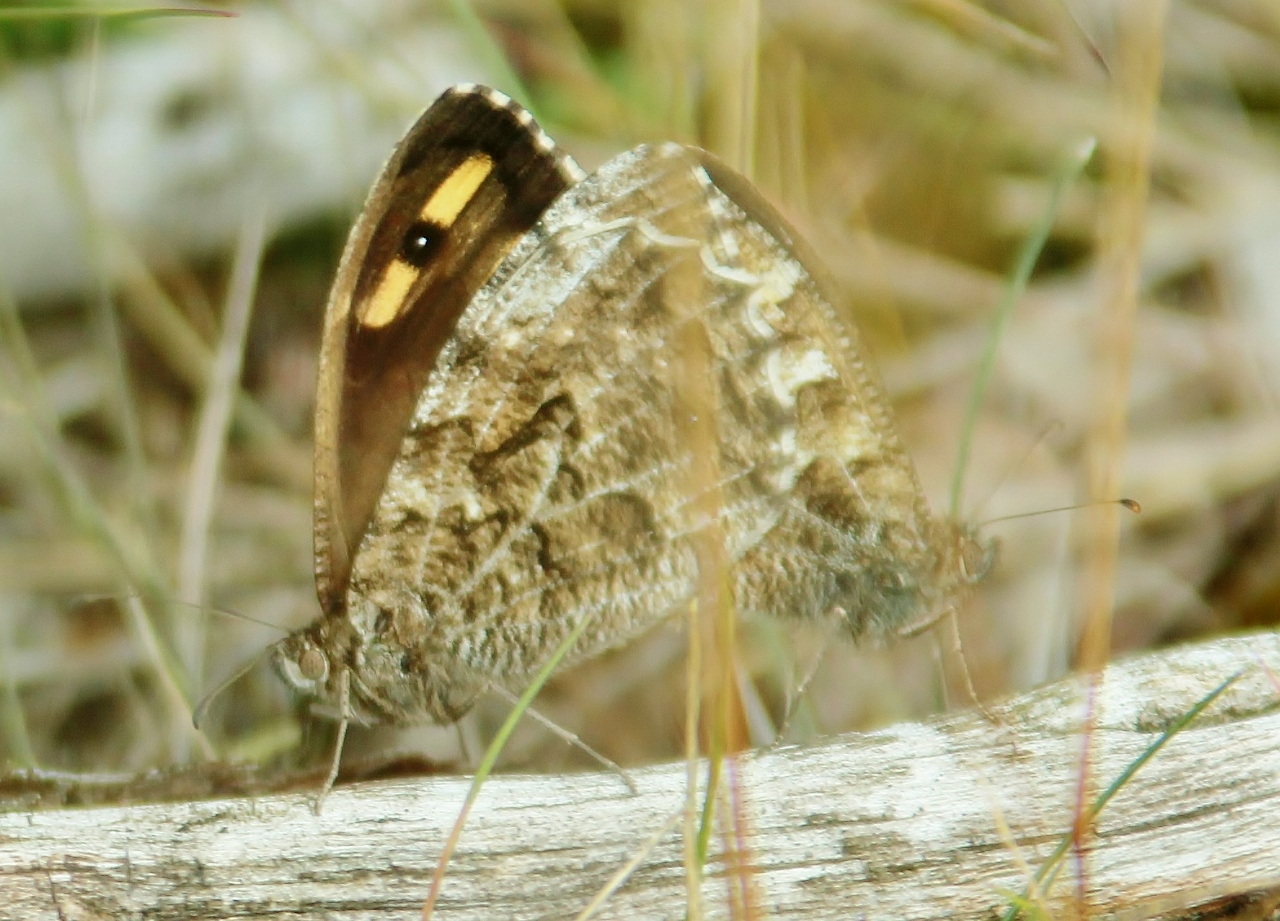

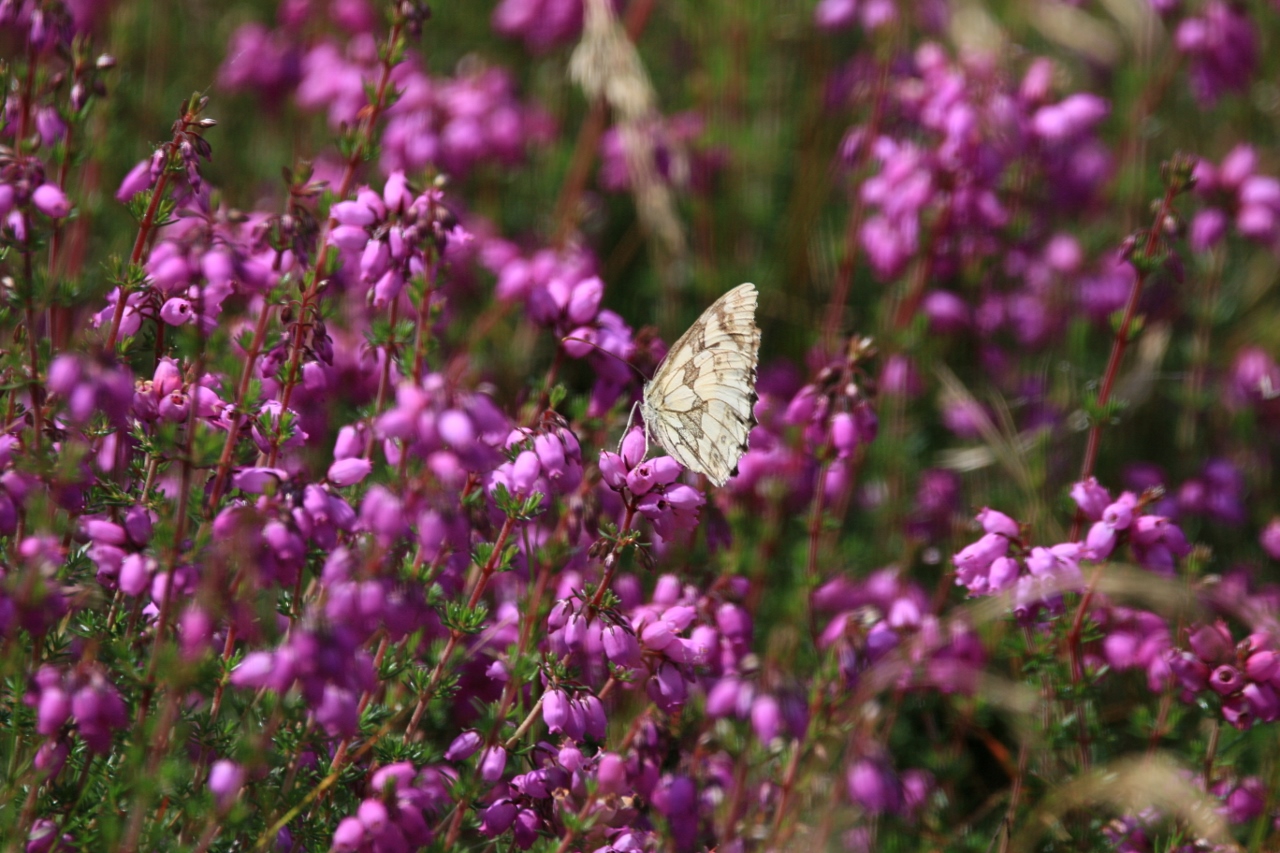


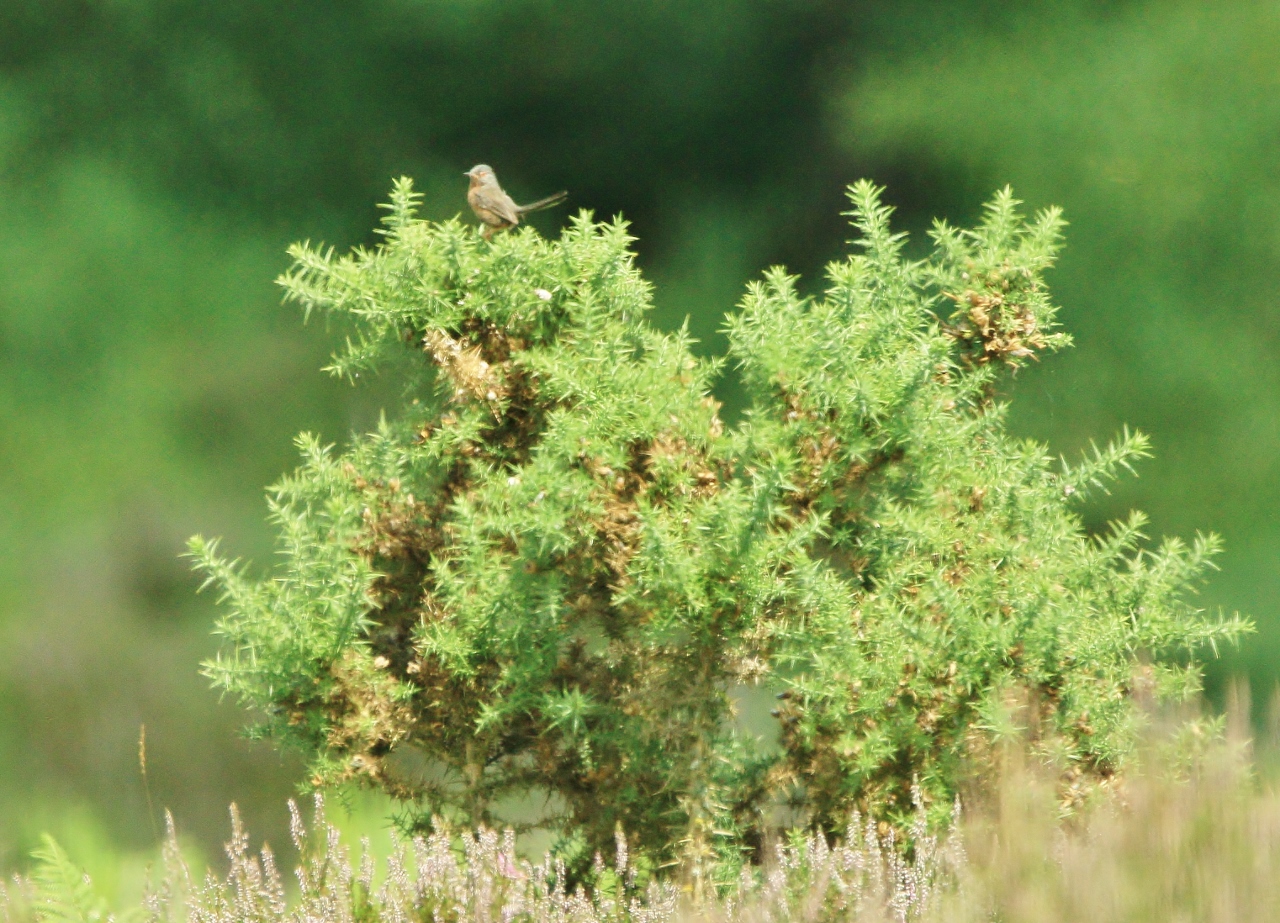
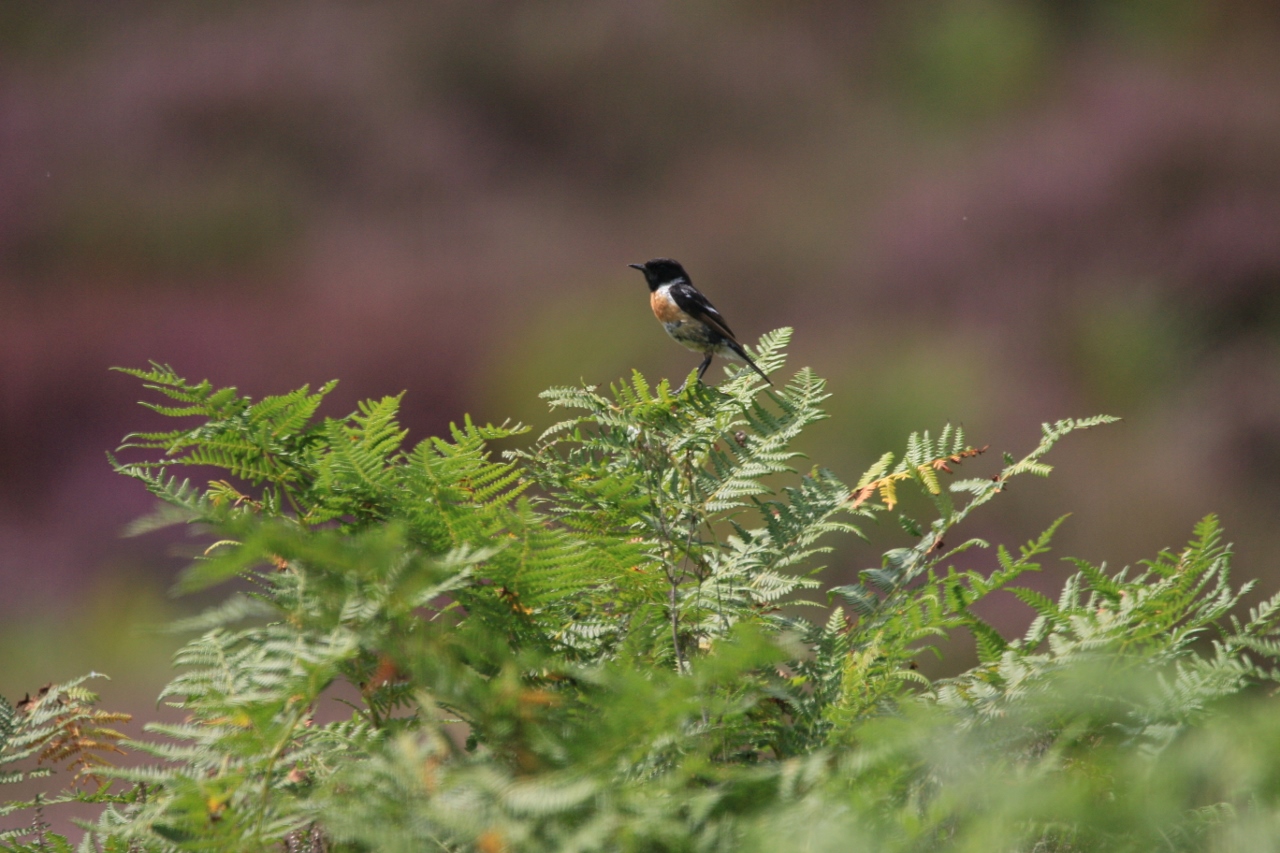

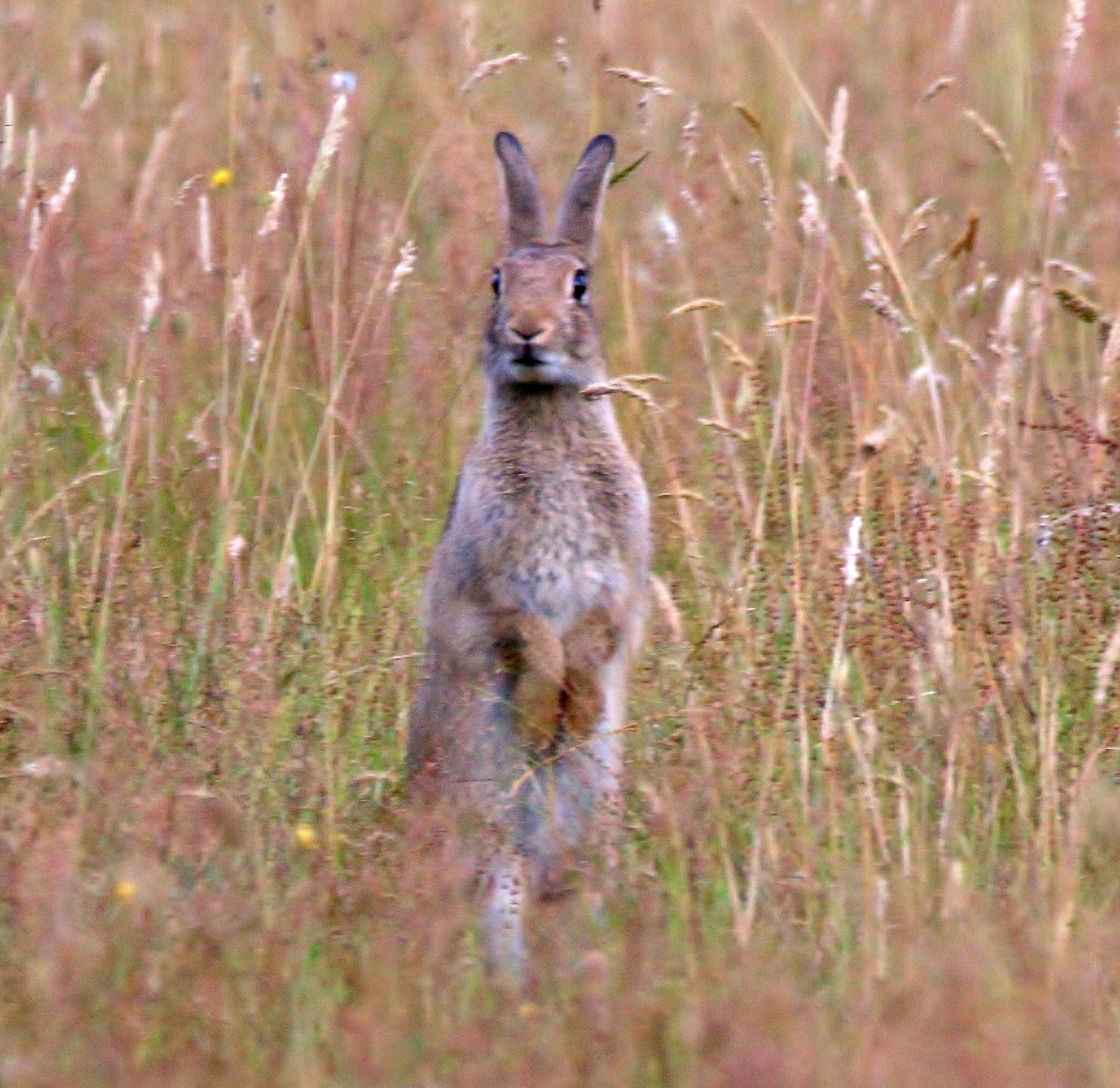


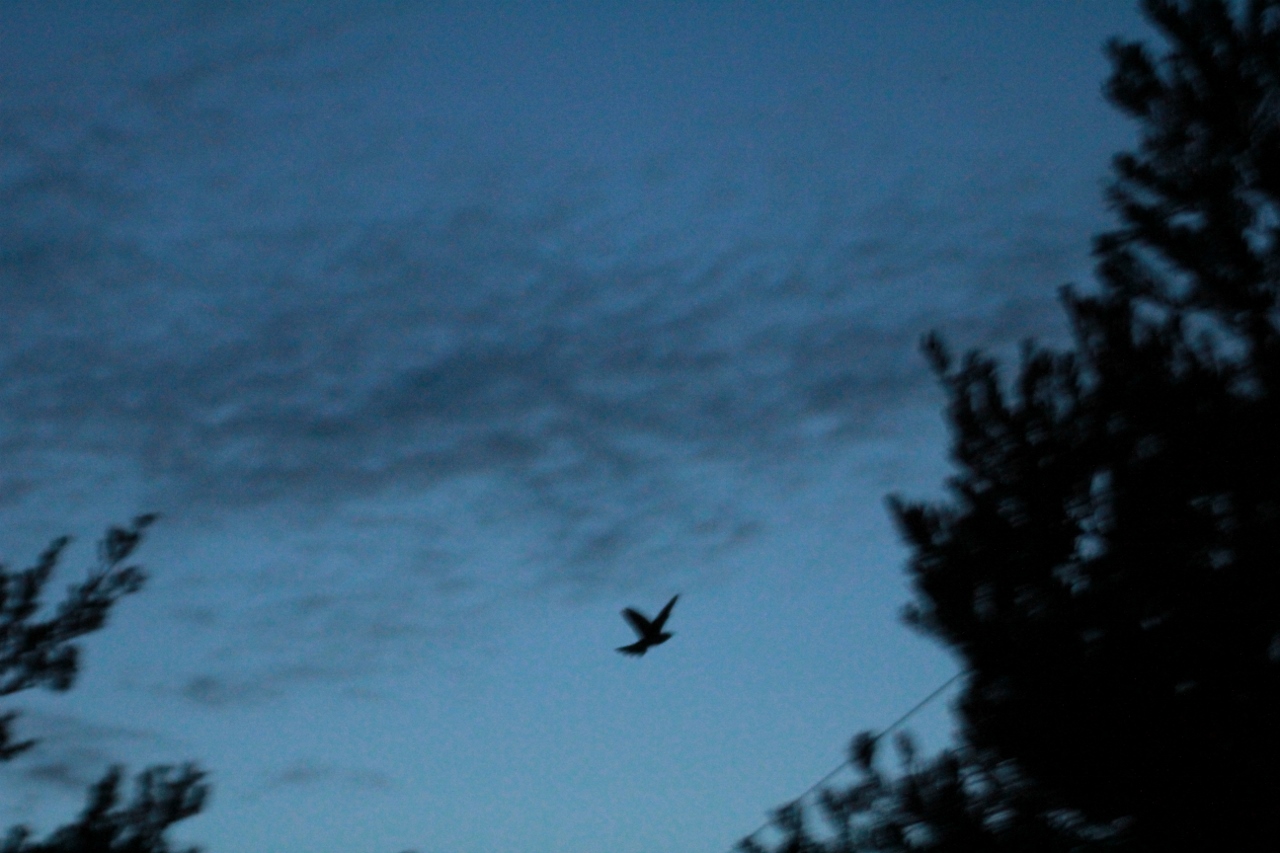

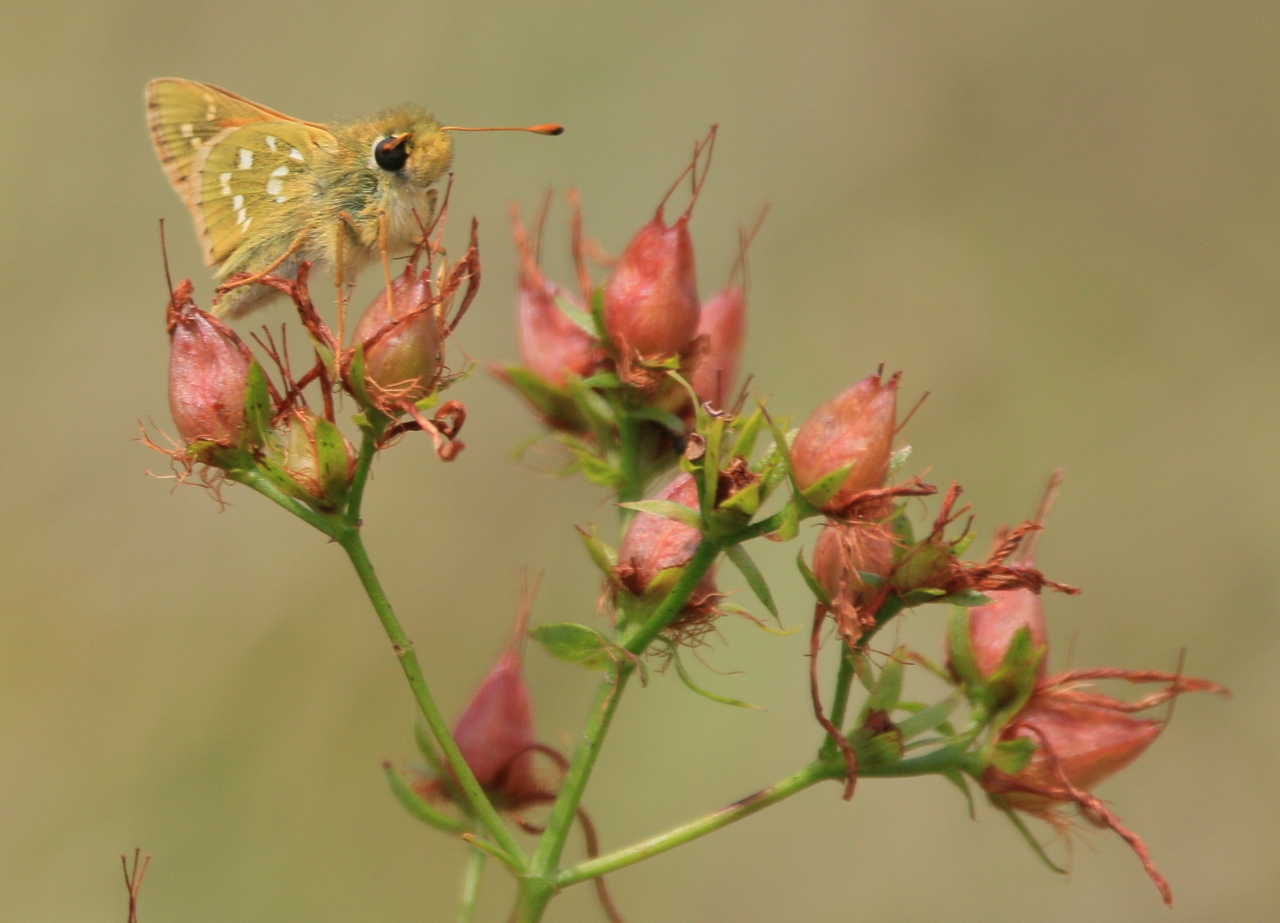



Jean Matthews
August 18, 2019 at 8:30 am
House martins brood each year in the part of Wonersh where I live.
They have successfully raised two broods this year and I have been watching some flying as I write.
David Rose
August 21, 2019 at 10:46 pm
Malcolm Fincham has send this reply to the comment by Jean Matthews.
I would like to thank Jean Matthews for her added input about the house martins in Wonersh.
I’m sure I recognise the area in Wonersh where you live, as I remember seeing them nesting in previous years.
I recently checked out the apartments in the manor nearby and I was pleased to see at least three house martins still nesting there too.
This is despite meshing having been put up on part of the building preventing them from doing so.
I hope you will continue to enjoy my reports.